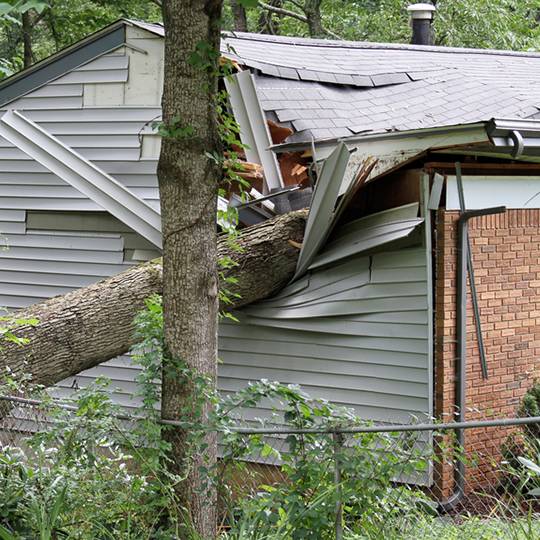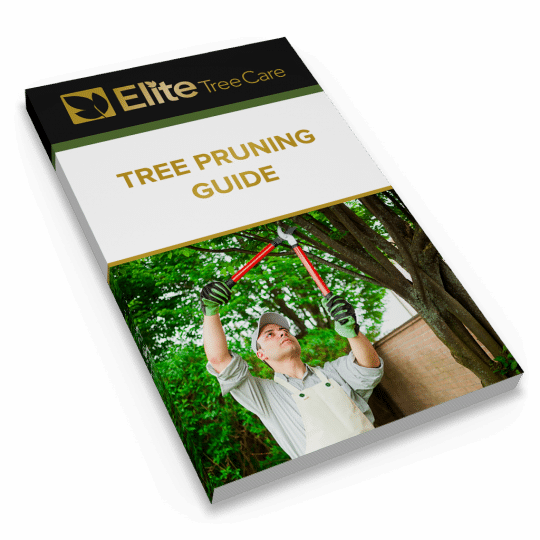Pruning to Prevent Storm Damage
Posted
August 18, 2016

Rain is vital to trees. It deepens their roots and gives them strength. But severe rain storms are bad news for trees and the areas surrounding them. Storms can uproot shallow trees, cause them to topple over, knock over other structures, break glass, and damage buildings. The key to prevent storm damage to trees and their surrounding property is through basic preparedness. There is no such thing as a hurricane-proof landscape but with proper care and maintenance managed by a certified arborist, you can help trees become more resistant to storm damage.
Storm-Proof Your Trees to Prevent Storm Damage
Pruning is vital to preventing damage from hurricanes and other storms. A strong, deep-rooted tree may not fall during a storm, but weak limbs in the canopy can. Broken, dead and damaged limbs can be torn from trees during a storm and turned into dangerous projectiles.
Prevent Storm Damage With These Pruning Tips
It is important to regularly examine trees and check for damage or other trouble signs. Good pruning can prevent problems, but over-pruning can significantly weaken a tree.
Look for these signs of a potential hazard when you prune:
- Cracks in the trunk or major limbs.
- Hollow trunk (or mushrooms growing from the bark, indicating decay)
- It leans heavily to one side.
- Branches hang over the house near the roof.
- Limbs touch live power lines.
- V-shaped forks rather than U-shaped ones. V-shaped are more likely to split.
- Branches that cross and interfere with each other.
Prune smarter:
- Avoid pruning branches that are flush with the trunk. This could expose trunk wood, opening the tree up to possible decay or insect damage.
- Begin by making a cut partway through the bottom of any limb to be trimmed, a few inches from the trunk. Then cut through the limb just above the first cut. This ensures that when the limb falls, it will not tear a long strip of bark on the way down.
- Finish by cutting off the few inches sticking out from the trunk. Leave the “branch collar,” the swollen area of trunk tissue that forms around the base of a branch. Keeping the branch collar protects the main trunk from damage.
After a storm, prune a tree just enough to balance the loss of roots. Cut out broken, diseased and malformed branches to give the tree a desirable shape. Continue to care for them to help them get healthy again.
If You Have Questions About Pruning to Prevent Storm Damage, Call Us!
Face it, none of us can control the weather. (Wouldn’t that be fun if you could? What kind of weather would you choose?) Still, you can take a few smart steps to lessen the effects of storms on your trees and property. If you have questions about tree pruning, tree removal, or anything else related to trees, contact the experts at Elite Tree Care at 610-935-2279.

Download Your FREE Tree Pruning Guide
Learn how, when, and how much to trim or prune your trees to maximize their health and beauty. This guide covers the factors that go into tree trimming (pruning) and will help you make a more informed decision about hiring a professional tree service.